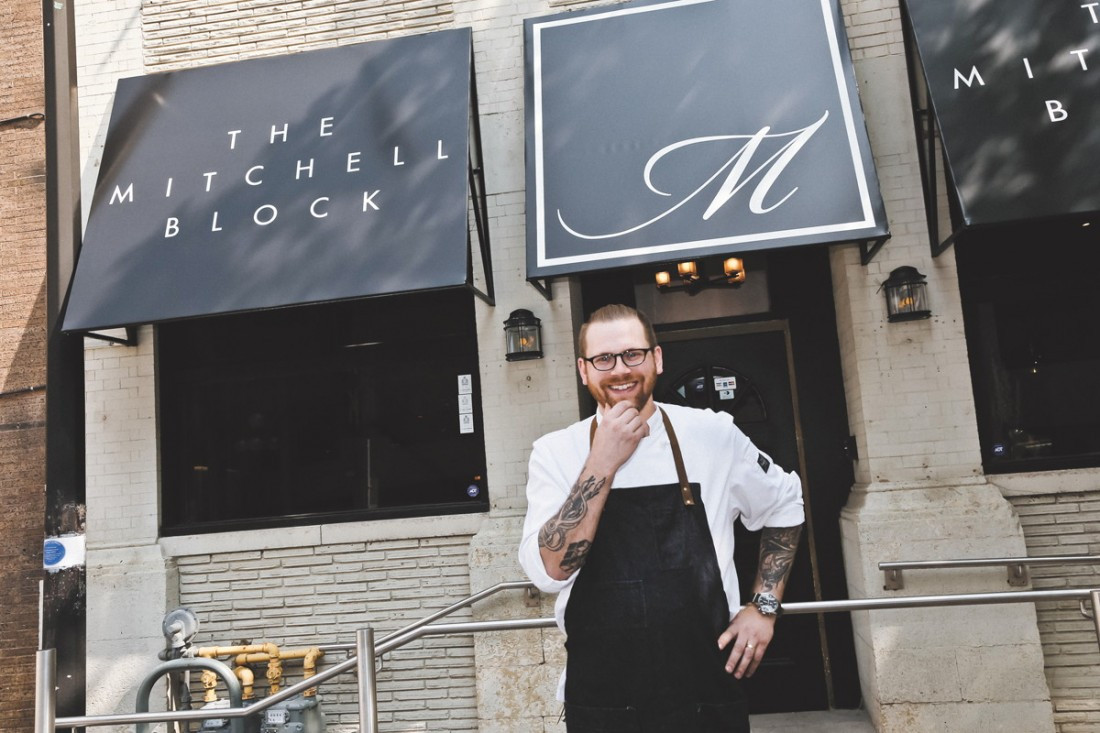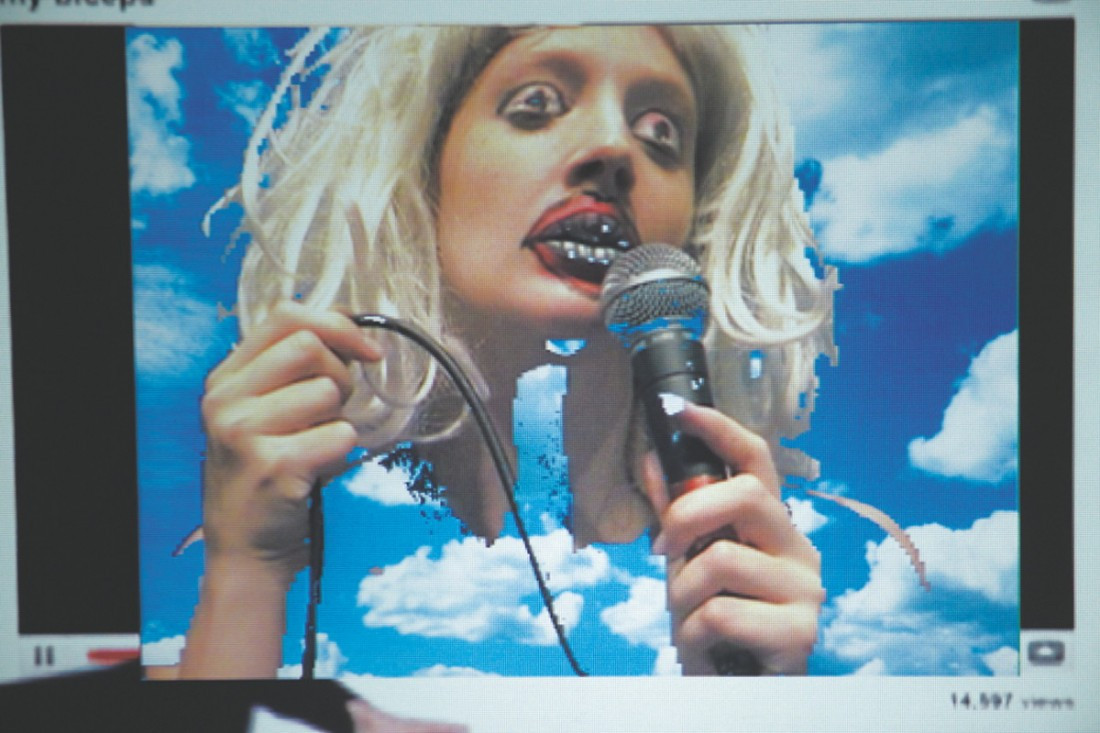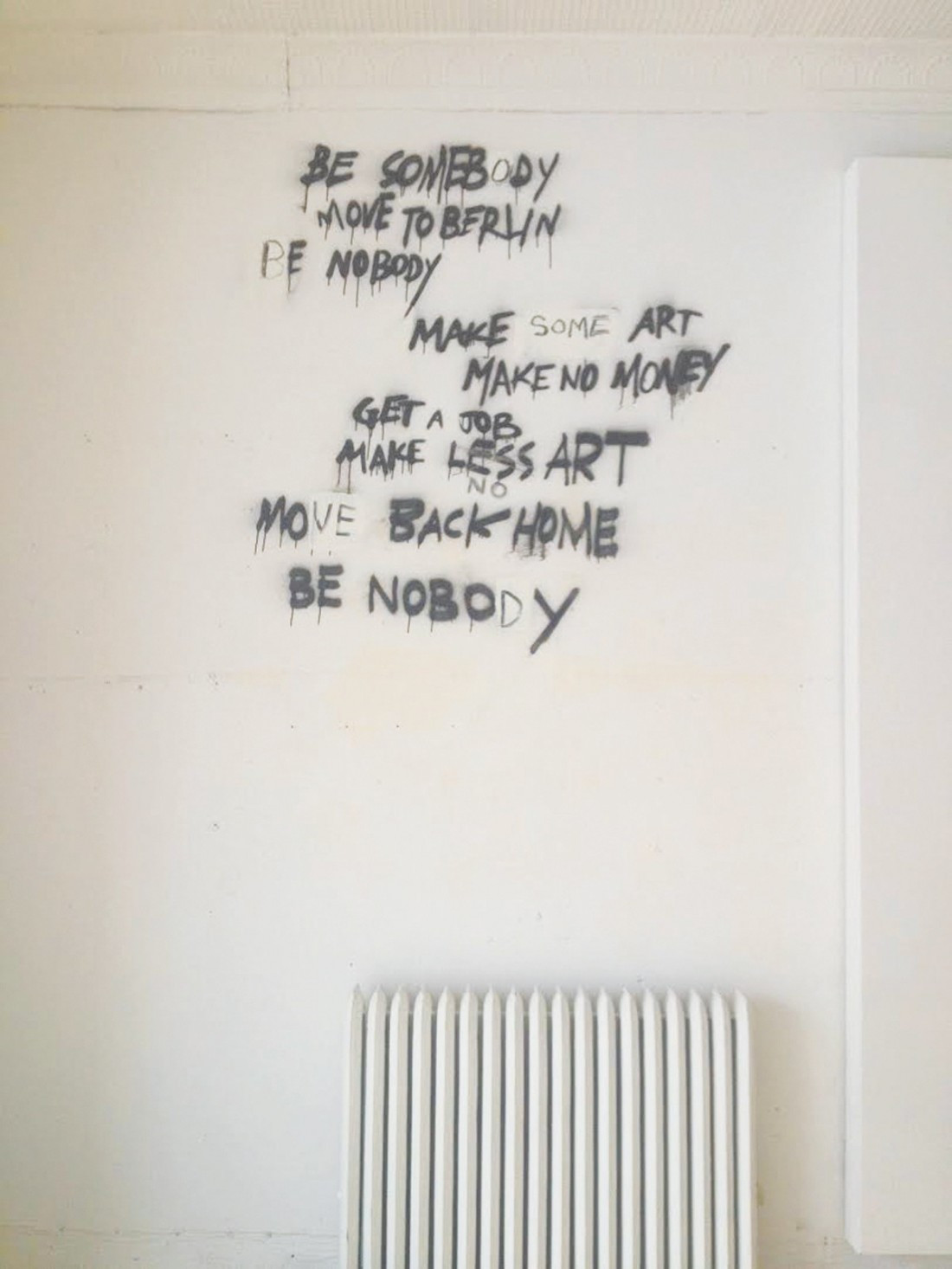Winnipeg Is: Opportunities/Limits
The Uniter talks with six professionals about their career experiences in the city we call home
Why do you live in Winnipeg?
Isolated in the middle of the continent and frigid temperatures for half of the year, the reasons people settle in Manitoba’s capital city are as vast as the suffocating fields surrounding the perimeter highway.
For some, Winnipeg’s urban community allows for career opportunities and growth. Between a small, supportive population and affordable living, individuals are able to take risks with their careers and blaze trails in their line of work. For others, the city is merely a springboard. With a tough job market and a growing population, Winnipeg can be a dead zone of career limitations.
The Uniter asked six individuals about the benefits of forging a career in our prairie city and also about the difficulties. For some careers you need to pack your bags and say goodbye.

Sean McKay
Owner and Head Chef at The Mitchell Block
Growing up with a dad in the military allowed a young McKay, now 34, to call many places home. Born in Ottawa, McKay spent his formative years in Winnipeg’s St. James area before moving to Europe for high school. It was while in Belgium in his early twenties that McKay decided to return to Canada.
“I still don’t know how my family ended up back here,” McKay says with a laugh. “But it was easy to. It’s all very familiar.”
Swayed by the old European-style buildings, McKay knew he wanted to open a business in the downtown area. On a street his mother used to label as dead and low-income, McKay now runs a high-end restaurant and lounge.
“What’s exciting is getting to see Winnipeg and my neighbourhood grow,” McKay explains. He’s been located on McDermot Avenue for a year and a half and in that time has seen two vacant buildings transform into new businesses. “It’s not like moving to Toronto and having to compete. Here I get to be a part of the change. Things are happening everywhere and it’s cool to be a part of that growth.”

Credit: Hugh Conacher
Freya Olafson
Dancer, Performance Artist, Creator and founder of Núna (now)
In a city that prides itself as a cultural capital, Olafson, 31, is one of its most active artistic forces.
From performing, to creating, to jetting around attending residencies and taking part in workshops, Olafson has been able to construct a sustainable career in the arts while living in one of the most artistically underfunded provinces.
“Were I to be in another city, I don’t believe I’d have access to resource and knowledge exchange that happens on a grassroots level,” Olafson says over the phone from Edmonton where she is performing her work HYPER_. “It’s able to happen because the disciplines are small enough.”
Despite Winnipeg’s small and limiting tendencies, necessity allowed Olafson to create the kind of artistic experiences that she desired autonomously or in exchange with people in other communities who were like-minded.
Yet one difficulty has been visibility.
“It’s challenging to get people to come and see work that is happening in Manitoba,” Olafson states. A remote city centre with little funding for travel and touring often breeds work that is created within a small artistic bubble. “That has definitely been an obstacle for me. Visibility has been a definite barrier.”

Supplied
Don Ritson
Tattooer and Owner of Rebel Waltz Tattoo
Opening up a small business can be risky regardless of the location. For tattoo artist Don Ritson, 32, starting up a shop in his native Winnipeg has proved to be both challenging and rewarding.
Located in the city’s West End, Rebel Waltz Tattoo (RWT) caters to Winnipeg’s steadily growing population of ink-covered bodies and also brings in guest artists from larger city centres.
While Winnipeg’s affordability and supportive, open-minded client base are both factors in RWT’s success, one difficulty has been the city’s legislation.
“Winnipeg has precious few incentives for small businesses and our taxation and licensing policies, both municipally and provincially, can be quite stifling,” Ritson explains. “The previous administration seemed more interested in attracting and retaining large, corporate businesses over small outfits run by locals but Winnipeggers have an indomitable spirit.”
No stranger to entertaining thoughts of moving, Ritson realizes that a city is only as good as the people living in it.
“As corny as it sounds, I want to leave a legacy for my kids to be proud of and more often than not that involves blooming where you’re planted and doing something that’s difficult instead of bailing to the big city.”

Credit: Katya Koroscil
Bri Foster
Fashion Design Student at Ryerson University
While Winnipeg boasts some fine educational institutions, there are certain programs that simply do not exist in our little prairie town. Fashion design is one of them.
Even if Winnipeg did provide a degree program, the city’s fashion industry is not exactly vibrant.
With companies such as Silver Jeans, Nygard International and Mondetta Clothing Company based out of Winnipeg, it is no comparison to the options available in Toronto or Montréal.
“In Winnipeg you’d be having to wait for positions to open whereas in Toronto there are always positions available,” Bri Foster, 30, says over the phone from Toronto.
Even in regards to independent options, Winnipeg just doesn’t have the resources.
“When it comes to designing on my own work I don’t think I would be able to do that [in Winnipeg],” Foster says. “Winnipeg is limited in that way for sure.”

Supplied
Camille Kennedy
Senior Director of Marketing at Hip Digital Media
As soon as Camille Kennedy, 31, decided she was going to work in the music and entertainment industry, she knew she was going to have to re-locate.
After landing an internship with Sony at the age of 18, Kennedy’s career path took her Toronto in a matter of a few years.
“I could have done something similar in Winnipeg but I don’t think I would have gotten the right kind of experience to move as quickly as I did,” Kennedy states. “Not to say it couldn’t have happened or that I couldn’t have gotten here, but there definitely aren’t as many doors to it.”
Kennedy now licenses digital entertainment content and builds technology platforms to deliver to consumers through larger companies.
“When it comes to the specialty industries, anything that sparkles like film, fashion and music, you have to be in the big cities.”

Supplied
Cyrus Smith
Artist
Paris in the ’20s, New York in the ’80s - there is something to be said for being located in the cultural mecca of the moment.
Working as an artist in Berlin, Cyrus Smith, 38, is able to live comfortably in an affordable city that is the pulse of the international art world.
After graduating with a B.F.A. (Hons) from the University of Manitoba, Smith knew he wanted to travel. There were no big dreams of world domination, just a desire to expand his horizons.
Like many Winnipeg artists who find success elsewhere before their hometown clues in (eg. The Royal Art Lodge), Smith understands that the city’s isolation is an advantage.
“I think it’s to Winnipeg’s benefit that it’s not so explosive,” Smith says over Skype. “Everyone has connections to other cities but I think it’s okay that that success is not possible to attain if you just stay in Winnipeg.”
Regardless of Winnipeg’s limits, it will always remain a supportive and stubbornly familiar community. It might suffer from small-town syndrome and have the world’s ugliest drive from the airport, but its hardships allow for innovation and pioneering.
“For the ones who aren’t always there it’s like you need that anchor,” Smith says. “It’s like a piece of you that you hope never changes. For some people they go back home and everyone’s moved away and they feel empty and lost and I hope Winnipeg never becomes that.”
Part of the series: The Urban Issue 2015
Published in Volume 69, Number 26 of The Uniter (March 25, 2015)







